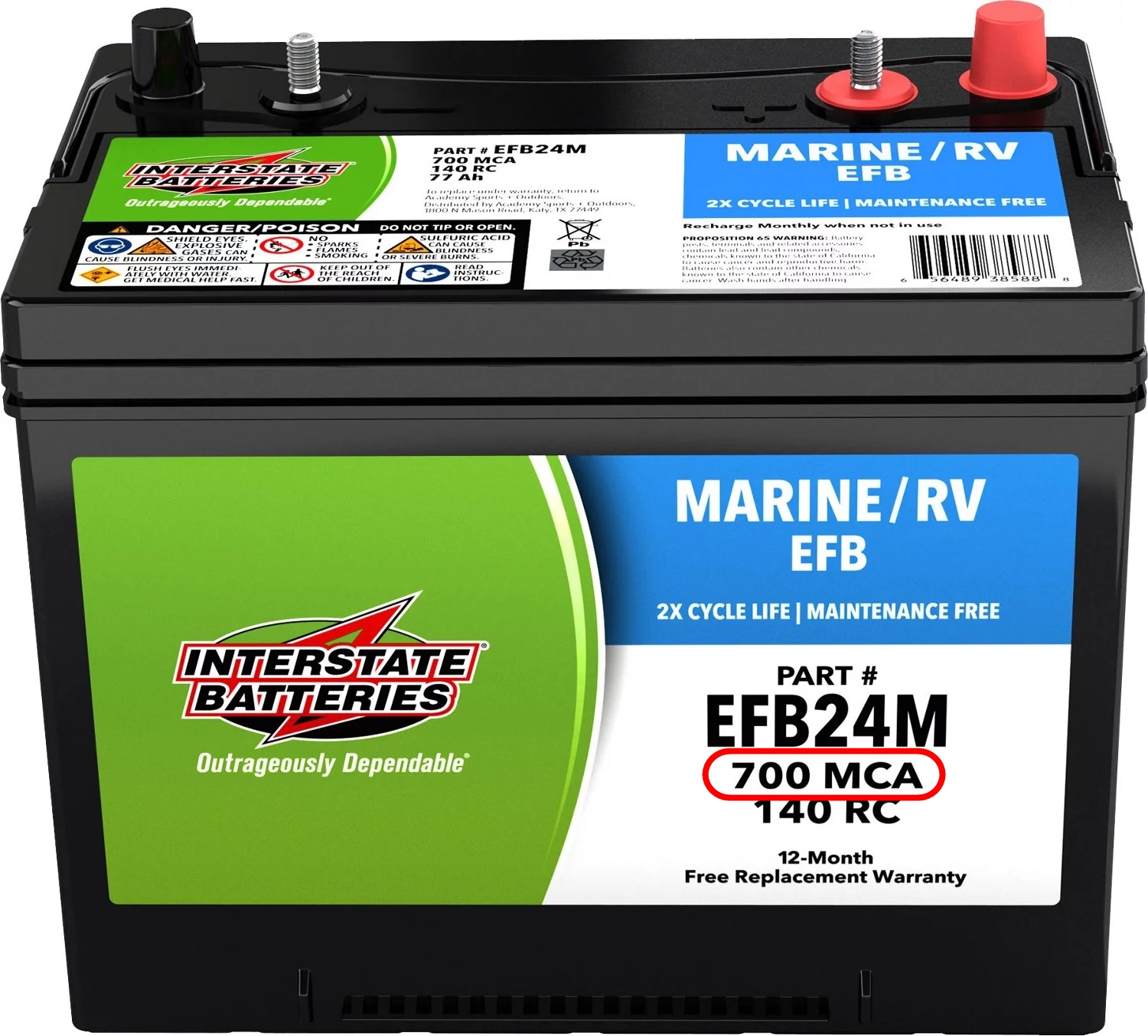
In the world of mobile accessories, you may come across various acronyms like MCA, and wonder what they mean. If you have ever seen the term “MCA” on a battery, you might be wondering what it stands for and why it’s important. Well, you’re in the right place. In this article, we’ll explore what MCA means on a battery and why it matters for your mobile devices. Whether you’re a tech enthusiast or someone who simply wants to understand more about their phone accessories, this article will provide you with all the information you need. So, let’s dive in and demystify the meaning of MCA on a battery!
Inside This Article
What Does MCA Mean On A Battery
When it comes to batteries, there is a range of technical terms and acronyms that can be confusing. One such term is MCA, which stands for Marine Cranking Amps. Understanding what MCA means on a battery can help you make informed decisions about the appropriate battery for your needs.
Batteries are an essential component of various devices, from vehicles to marine vessels. They provide the necessary power to start engines and operate onboard electronics. MCA is a specification that measures a battery’s ability to deliver a burst of energy over a short period to crank an engine.
MCA represents the number of amps a battery can deliver at 0 degrees Fahrenheit for 30 seconds while maintaining a voltage of at least 7.2 volts. It indicates the starting power or cranking power of a battery, specifically for marine applications.
When choosing a battery for your boat or marine vehicle, the MCA rating is crucial. It determines the battery’s ability to start the engine, especially in colder temperatures. A higher MCA rating indicates a battery that can provide more power and successfully start the engine, even under challenging conditions.
It is important to note that MCA is different from other battery ratings, such as Cold Cranking Amps (CCA) and Reserve Capacity (RC). While CCA measures a battery’s ability to deliver power at 0 degrees Fahrenheit for 30 seconds, MCA is measured at the same temperature but for a longer duration. RC, on the other hand, measures the battery’s capacity to power onboard electronics in the absence of the alternator.
Several factors can affect the MCA rating of a battery. One key factor is the battery’s size and capacity. Generally, larger batteries with more cells can provide higher MCA ratings. The quality and design of the internal components, such as the plates and separators, also play a role in determining the MCA performance.
Additionally, extreme temperatures can impact the MCA rating of a battery. In cold weather, batteries may experience reduced performance, requiring a higher MCA rating for reliable starting power. Similarly, high temperatures can affect the overall lifespan and performance of a battery, including the MCA rating.
Conclusion
In conclusion, the term “MCA” refers to the “Marine Cranking Amps” rating on a battery. It represents the battery’s ability to deliver a high amount of power for a short period, specifically in marine applications. It is crucial for powering accessories and starting the engine in boats, ensuring a reliable and efficient performance on the water.
Understanding the MCA rating is essential for choosing the right battery for your marine needs. By considering factors such as your boat’s size, engine type, and accessory power requirements, you can select a battery with a suitable MCA rating that will provide the necessary power and performance.
Whether you’re a boating enthusiast or a captain navigating the open waters, knowing what MCA means on a battery can make a significant difference in your vessel’s performance. So when choosing a battery, remember to keep an eye out for the MCA rating, as it is a key factor in ensuring a smooth and successful boating experience.
FAQs
1. What does MCA mean on a battery?
MCA stands for Marine Cranking Amps. This rating indicates the number of amps a battery can deliver for 30 seconds at 32 degrees Fahrenheit (0 degrees Celsius) while maintaining a voltage of at least 1.2 volts per cell. It is specifically used to measure the starting power of a marine battery. A higher MCA rating generally signifies a more powerful and reliable battery for marine applications.
2. How is MCA different from CCA?
CCA stands for Cold Cranking Amps and is commonly used to measure the starting power of automotive batteries in cold temperatures. Unlike MCA, which tests the battery’s performance at 32 degrees Fahrenheit, CCA measures the amps a battery can deliver for 30 seconds at 0 degrees Fahrenheit (-17.8 degrees Celsius). While both MCA and CCA provide an indication of a battery’s starting power, they are used for different applications.
3. Can I use a battery with a higher MCA rating in my marine vessel?
Yes, you can use a battery with a higher MCA rating in your marine vessel. In fact, opting for a battery with a higher MCA rating can provide you with more powerful starting capabilities. However, it’s important to ensure that the battery’s dimensions and terminal connections are compatible with your marine vessel’s requirements.
4. Are MCA ratings standardized across all battery brands?
No, MCA ratings are not standardized across all battery brands. Each battery manufacturer may have its own testing methods and standards for determining the MCA rating. It’s important to refer to the specific brand and model specifications to accurately compare and evaluate the MCA ratings of different batteries.
5. Is MCA the only factor to consider when choosing a marine battery?
No, MCA is not the only factor to consider when choosing a marine battery. While MCA provides an indication of the battery’s starting power, other important factors include the battery’s capacity, reserve capacity, construction quality, and maintenance requirements. It’s essential to consider all these factors to ensure you select a battery that meets your marine vessel’s specific needs and usage requirements.
